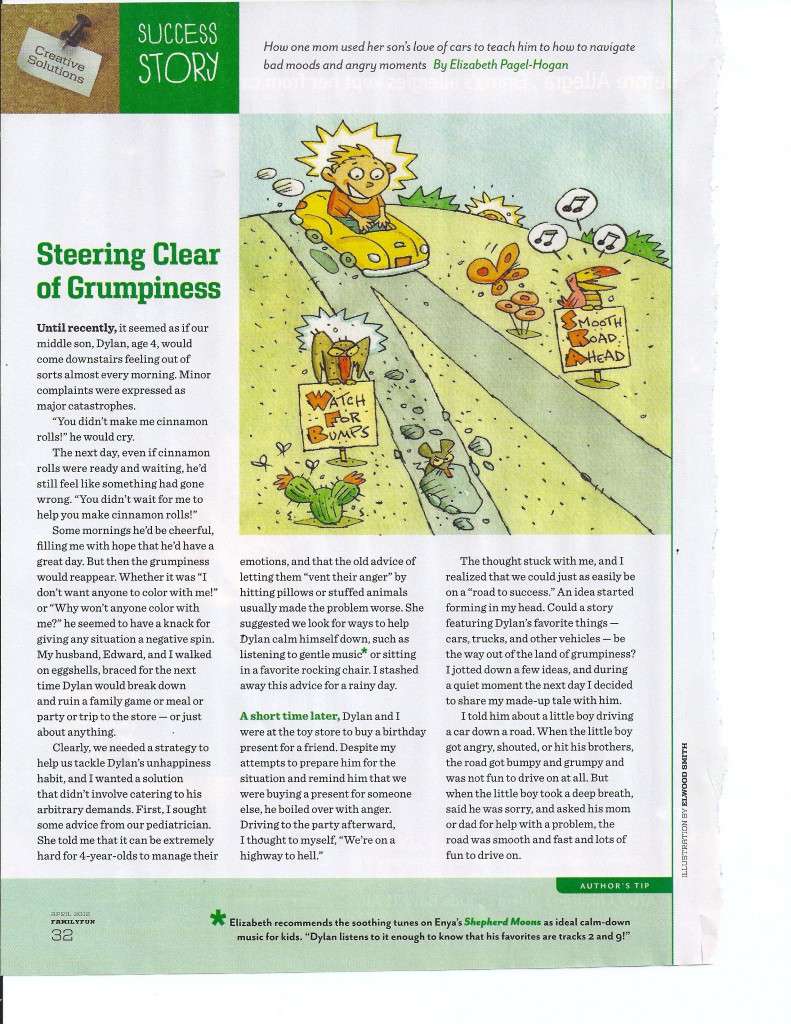On a recent trip to Germany, I visited the Bauhaus Archive/Museum of Design in Berlin. I wasn’t expecting to find great writing advice while on holiday, but there it was, in a summary of the instructional style of weaving master Benita Koch-Otte.
She advised students in her weaving workshop to work for “Utility and economy in every piece of work” and to “study of the textile object’s relations to human beings and their needs (psychological and biological) to space, fashion and the economy.”
All writers weave words whether they write journalism, copywriting, or fictional storytelling. A great writer weaves words together and ensures each word has a purpose (utility) and the story is told as succinctly as possible (economy). Great writing is great when it truly relates to the needs of human beings but is also aware of its context and style and how it fits into the big picture.
You don’t need to know anything about the Bauhaus to understand that this advice, though 90 years old, is absolutely relevant to all writing today.








